
On Thursday, the Deputy Chief Minister of Karnataka said the Government would float a global tender in the next 45 days to build underground tunnel roads in Bengaluru, 190 kilometres of it! But it is only an expensive and temporary fix.
Underground tunnel roads will help decongest certain junctions in Bengaluru, but only if the project is completed soon enough. If it takes too long, the vehicle volume will have increased so much that it won’t be efficient.
Underground roads are complex to build and costly to maintain. That apart, there are obvious safety concerns, too. We cannot rescue people from a tiny 30-foot-long underpass in Bengaluru. Can you imagine what will happen if there is flooding in an underground road kilometre long?
Regarding financial viability, building and maintaining underground roads is exponentially more expensive than surface roads. Here is an example of how costly and time-consuming underground roads are.
In Boston, United States, they built a 12-kilometre-long underground road through the heart of the city. It took them 15 years to complete and cost them 2.6 billion dollars, that’s about Rs. 20,000 crore! Going by the Dy.CM’s number, it will work out at Rs. 450 crore per kilometre in India. Let’s hope they’re not cutting corners to build cheap.
Even if our Government manages to build 190 kilometres of underground road and manages to decongest traffic, over time, this won’t be enough as vehicle volumes increase. This is where public transport comes in.
The Dy.CM wants to take a team to explore Singapore’s underground road. But we must ask, why are we implementing a system that Singapore stopped implementing in 2017?
Singapore has shut down its underground road project called Singapore Underground Road System (SURS) because, as the SURS website says, “enhancements to our public transport network… has removed the need for SUR.” Maybe while we build tunnel roads, we also need to improve our public transport system.
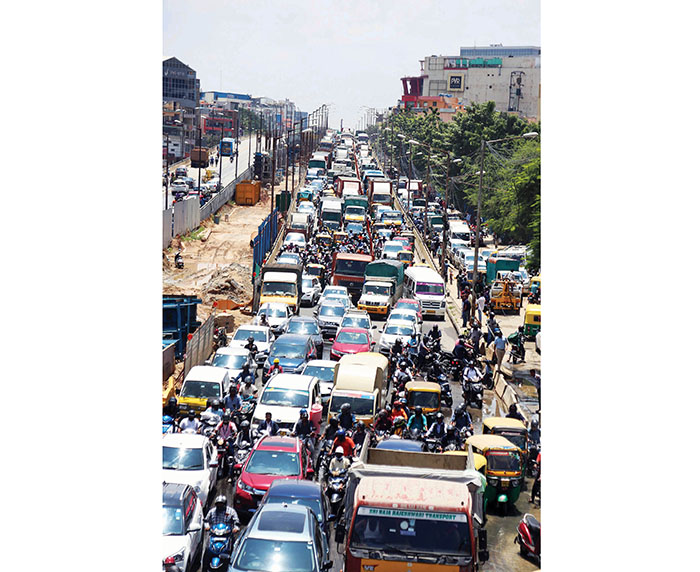
The key to decongesting a city is an efficient, clean, safe and comfortable public transport system, not a free, chaotic, unclean and unsafe one as we have now.
Good public transport brings in a ‘culture of using public transport,’ which is the real game-changer. Road widening has never been and will never be the long-term solution to decongesting roads or reducing pollution.
The Government will be well advised to spend significant money on new electric city buses, provide more stops, expedite Metro Rail work, double the BMTC fleet and change the current policy to allow cycles on the Metro to enhance the first and last-mile connectivity.
But again, sadly, just public transport is not the answer, as London has proved. London was the first city to get underground rail in 1863! It was built with keeping the future of the city’s traffic in mind.
Over time, they kept expanding the underground rail network and today, it is 470 kilometres long and serves over 50 lakh people a day, yet it’s not enough. London is at the top of the heaviest traffic congestion index list.
So, what is the answer to decongesting a city? The answer is building new cities or developing tier-2 cities for growth.
As observed in a news report in the business newspaper ‘Mint’, the key lies in understanding the phenomena of agglomeration economies and diseconomies.
Agglomeration economies is the benefit that comes when firms and people are near one another.
In the case of Bengaluru, the concentration of firms and population in an area led to a higher accumulation of knowledge and labour to draw from. This led to a rise in productivity and increased concentration of people and firms. But then…
This led to ‘agglomeration diseconomies’, which is the economic disadvantage of becoming too big. In the case of Bengaluru, there was massive demand for scarce land, making housing expensive, causing severe traffic congestion, increase in pollution and crime rate. This means Bengaluru has clearly reached its ‘optimal capacity’ to be a liveable city.
It would be wise for our Government to take the advice of people like Economist Ruchir Sharma, who, in his book ‘The Rise And Fall Of Nations: Ten Rules Of Change In The Post-Crisis World,’ said that creating new cities with a population of 10 lakh or over is essential.
According to Sharma, such cities become the desired growth engines with their cost advantage in labour and land. They can help reduce the burden from other mega cities such as Bengaluru, which are well above their optimal size limit.
But Sharma also points out, “The lack of a manufacturing revolution in India because of infrastructural deficiencies and regulatory maladies like employment-unfriendly labour laws has contributed to the under-proliferation of large new cities.” The Dy.CM must work on this as a long-term solution to decongest Bengaluru.
Underground tunnels and efficient transport will help Bengaluru decongest for some time. Still, in the long run, Bengaluru needs a sister city to handle the burden of industrialisation and ever-increasing population and Mysuru seems the ideal city to help. But for that, Mysuru has to be fixed up and prepped for the expansion. The time has come to take the 10-year-old ‘Greater Mysuru’ plan seriously.
e-mail: [email protected]



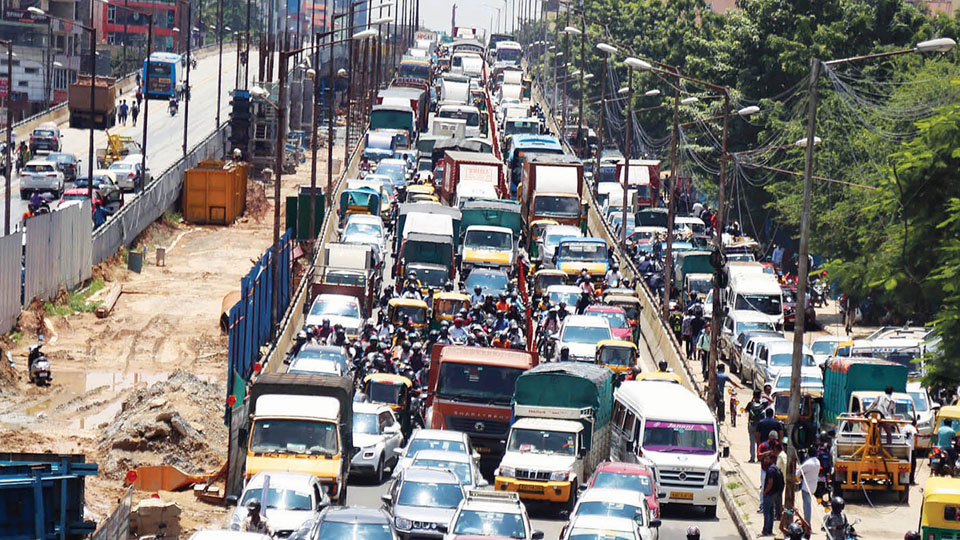
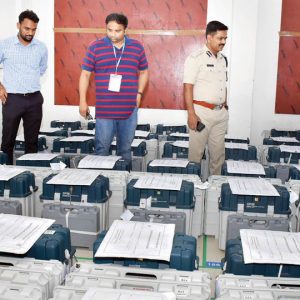

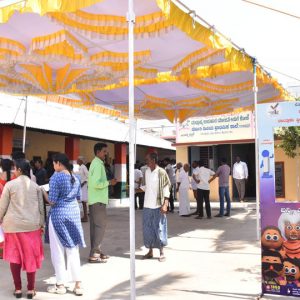
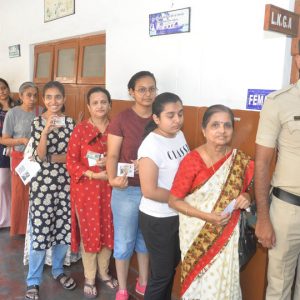
Recent Comments